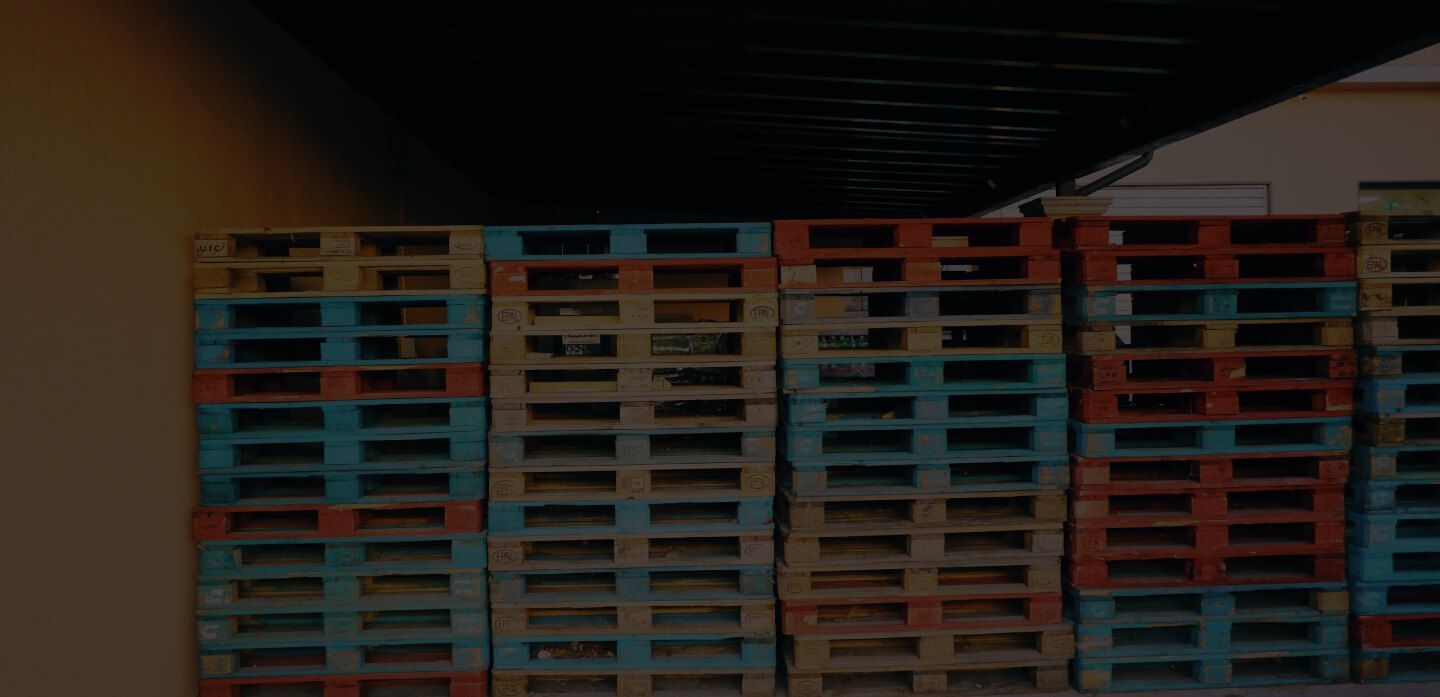
Ocean Freight to Shenzhen



Ocean freight shipping to Shenzhen
Shenzhen, situated directly north of Hong Kong, is a major Chinese city in Guangdong Province. Its population is over 10 million. The city is a major center for manufacturing, and is also home to some of China’s most successful high-tech companies, as well as the Shenzhen Stock Exchange. Shenzhen’s economic output outstrips that of Ireland, Portugal, and Vietnam. This was China’s first Special Economic Zone, and is one of its most successful. If you are interested in expanding your business in China, then it makes sense to explore ocean freight to Shenzhen.
China has offered unprecedented opportunities to those seeking access to its huge market over the last ten years, as it has become more open and more compliant with accepted international trade practices. Shenzhen is a major center in the Chinese market, and is developing rapidly. Learning more about ocean freight to Shenzhen should be a priority for any exporter.
Information about the Port of Shenzhen
The vast port of Shenzhen is an important component of China’s maritime export and import profile. The port of Shenzhen is one of the world’s busiest and fastest-growing ports. Facilities are spread across Fuyong, Xiadong, Shayuchong, Neihe, Da Chan Bay, Shekou, Chiwan, Mawan, Yantian, and Dongjiaotou. This port features a total of 140 berths, including 51 berths for vessels of 11,000 deadweight tons (DWT) or more. It also has 90 operational berths, 18 container berths, and nine consignee berths. Shenzhen is host to 39 shipping companies, with 560 ships on call on a monthly basis, and has 21 feeder routes to other ports in the Pearl River Delta region.
Alternatives to your ocean freight to Shenzhen
There are numerous ports available that can serve as an alternative for your ocean freight to China including ports such as Port of Shanghai, Port of Qingdao, Port of Xiamen, Port of Ningbo, Port of Hongkong, Port of Guangzhou, and Port of Dalian.
FCL or LCL for your ocean freight to Shenzhen
It’s a good idea to start with an assessment of your shipment volume when you’re thinking about shipping cargo to Shenzhen. This will tell you whether you need to engage a full container load (FCL) or can share a container through LCL, or groupage.
If you are planning a shipment of six or more standard pallets, a full container load with a 20-foot shipping container will fit your needs. Ten standard pallets is the maximum capacity of a 20-foot shipping container; a shipment of six pallets or more thus occupies more than half a 20-foot container. A 40-foot container can accommodate 22 standard pallets.
If your shipment is less than six standard pallets, you should still choose FCL if you wish to isolate your goods from those of other exporters against the possibility of damage upon contact with others’ goods.
Groupage-meaning a shared container (a less-than-container load, or LCL)-is a cost-saving choice if your shipment is less than six standard pallets, and contact with other exporters’ goods is not a concern for you. With this arrangement, you pay only for the shipping space you require. Contact iContainers for information on rates and other details.
What our ocean freight rates to Shenzhen include
![]()
If you’d like more information on rates, you may consult ship container rates for your ocean freight to Shenzhen here.